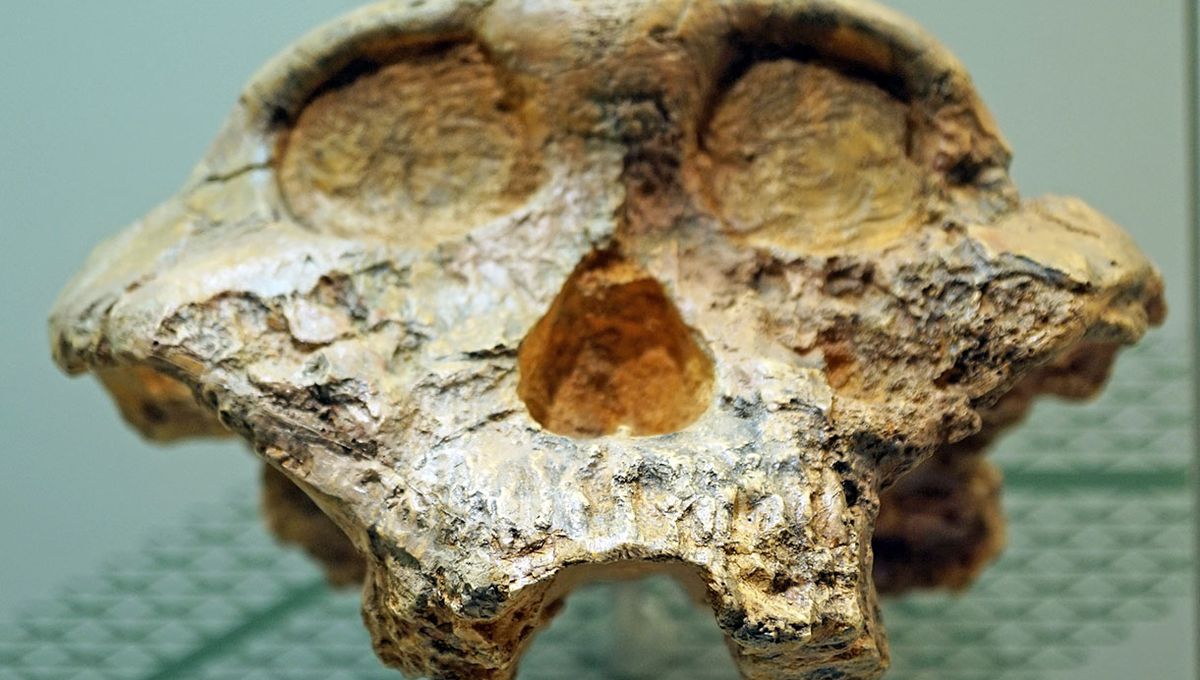
Researchers have extracted genetic data from fossilized teeth belonging to an ancient species of human that lived over two million years ago in South Africa. By far the oldest genetic information ever recovered from any hominid, the data helps scientists understand how this long-extinct creature fits into the human family tree.
Presenting their findings in an as-yet unpublished study, the researchers explain that ancient DNA has never been recovered from any African hominin material older than 18,000 years old. Overcoming that hurdle, the authors go on to present protein sequencing data from the tooth enamel of four individuals belonging to the species Paranthropus robustus, each of which lived about 2.42 million years ago.
Discovered in the Swartkrans cave, 40 kilometers (25 miles) northwest of Johannesburg, the teeth are believed to have accumulated as a result of flash flooding, before “extensive cementation” contributed to the preservation of enamel proteins over millions of years. This allowed the researchers to sequence hundreds of amino acids in each tooth using a process called mass spectrometry, revealing vital information about P. robustus’s evolutionary relationships with other hominids.
“We find that the sequences we recover place Paranthropus within hominins and as an outgroup to the clade including Homo sapiens, Neanderthals and Denisovans,” write the study authors. In other words, the ancient South African species is very much a part of the human family, but is a distant cousin of the more closely related species that emerged in Eurasia in the last few hundred thousand years – including modern humans.
Interestingly, analyses also revealed that one of the African quartet “might be more distantly related to the other three individuals than they are to each other.” The researchers speculate that this outlier may even have belonged to a distinct Paranthropus group, though they are unable to confirm this.
Fascinatingly, the identification of a protein encoded by a gene that is only present on the Y-chromosome enabled the study authors to identify two of the specimens as males, despite the fact that one of these had previously been categorized as female based on the size of its bones. Meanwhile, the other two individuals displayed higher concentrations of the X-chromosome version of this protein, indicating that they were female.
However, while the genetic information gleaned by the researchers has allowed them to uncover vital information about the owners of the ancient chompers, ultimately it is insufficient to accurately place P. robustus within the human family tree or untangle all of the ancient hominin’s evolutionary relationships. Nevertheless, the study authors conclude that ”despite these caveats, the recovery of [two-million-year-old] phylogenetically-informative genetic material in African hominins can be considered a potentially transformative breakthrough for palaeoanthropology.”
The study, which has not been subject to peer review, is currently available as a preprint on bioRxiv.
Source Link: Oldest Ever Human Genetic Data Recovered From 2-Million-Year-Old Hominid Fossils